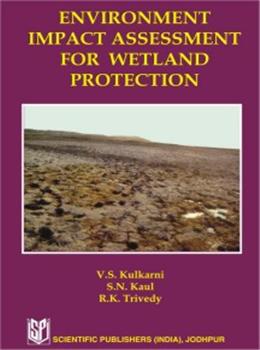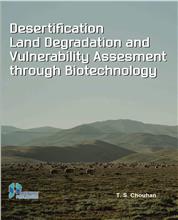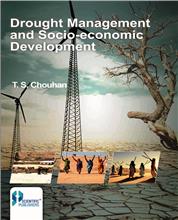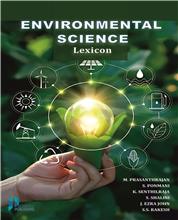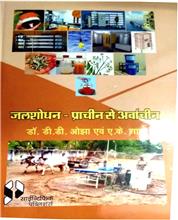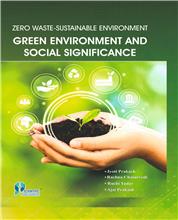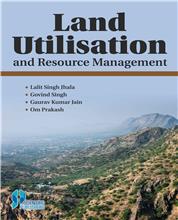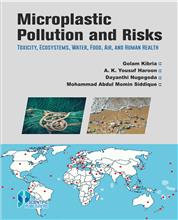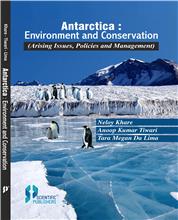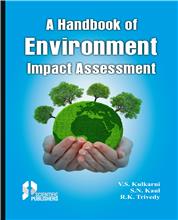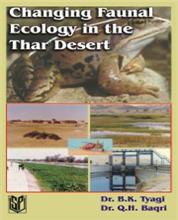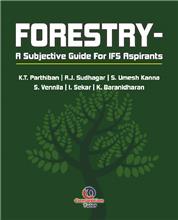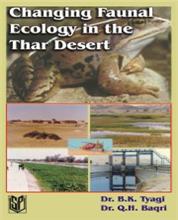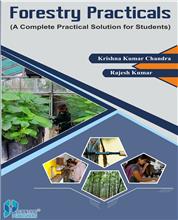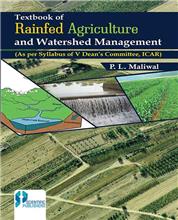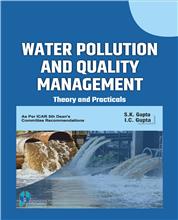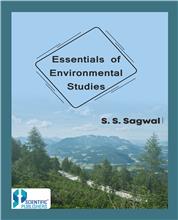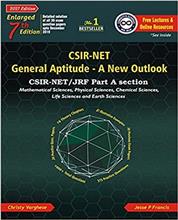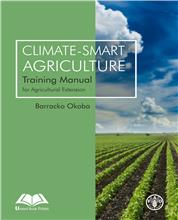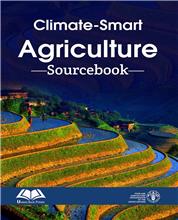1. LITERATURE REVIEW
1.1. Evolution of EIA World-wide, 1.2. Evolution of EIA in India, 1.3. Classification of Environmental Impacts, 1.4. Project Screening/ Methodology for screening of Projects/ Project screening criteria in India, 1.5. Methodology for Site Selection, 1.6. EIA Methodologies/ Introduction / Review of EIA Methodologies / Checklists / Matrices / Networks / Overlays/ Adaptive Environmental Assessment and Management (AEAM)/ Cost-Benefit Analysis (CBA), 1.7. Computer Aided EIA, 1.8. Impact Quantification techniques, 1.9. Methamatical Model for EIA/ Concept/ Air Quality Models/ Water Quality Models/ Noise Prediction Models, 1.10. Indicators of Biological and Socio-economic Environment, 1.11. Environmental Indices, 1.12. Enlarged Scope of EIA of Industrial Projects, 1.13. Conclusions
2. DEFINITION AND CLASSIFICATION OF WETLANDS
2.1. Definition, 2.2 Classification of Wetlands
3. BENEFITS OF WETLANDS
4. REVIEW OF WETLAND MANAGEMENT FRAMEWORKS
4.1. International Treaties for Wetland Management, 4.2. Regional Initiatives for Wetland Management, 4.3. Status of Wetland Management Programme in India, 4.4. Wetland Area Legislation , 4.5. Wetland Area Administration
5. INDICATORS FOR WETLAND ASSESSMENT
5.1. Indicators of Wetland Benefits, 5.2. Indicators for Assessment of Wetland Ecosystem,
6. ENVIRONMENTAL IMPACT ASSESSMENT
6.1. Concept of EIA, 6.2. Evolution of EIA World-wide, 6.3. Evolution of EIA in India, 6.4. Hierarchy in EIA, 6.5. Major Issue in EIA, 6.6. Classification of Environmental Impacts, 6.7. Project Screening, 6.8. Site selection criteria, 6.9. EIA Methodologies
7. EIA FOR PROTECTION OF WETLANDS
7.1. Impacts of Developmental Activities on Wetlands, 7.2. Steps in EIA/ Impact Identification/ Scoping of Studies/ Field Data Collection/ Impact Prediction / Impact Evaluation/ Impact Mitigation / Post Project Monitoring / Public Participation in EIA
WORKSHEETS
No. 1 Identification of wetlands in the study area
No. 2 Identification of Project activities likely to affect wetlands
No. 3 Identification of potential benefits of wetlands
No. 4 Data on wetland indicators
No. 5 Matrix for impact assessment of project activities on wetland benefits 98
No. 6 Cost of Mitigation
CASE STUDY 1. - EIA of Industrial & Municipal Wastewater Discharges Wetlands Calcutta Trust Area
CASE STUDY 2. - Keoladeo National Park (Bharatpur, India) - An Ecosystem Study
CASE STUDY 3. - Environmental Impact Assessment of Sundarbans - A Case study
CASE STUDY 4. - EIA of Bhitarkanika Wildlife Sanctuary World-wide Fund for Nature, India.
